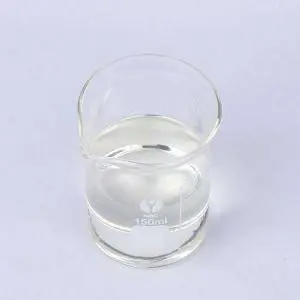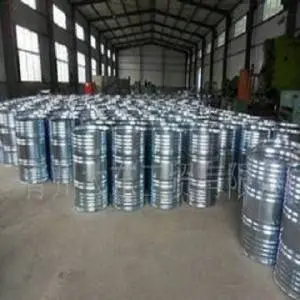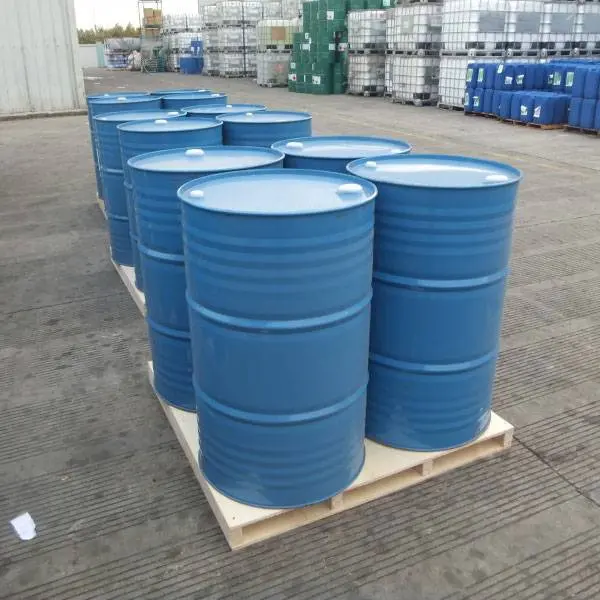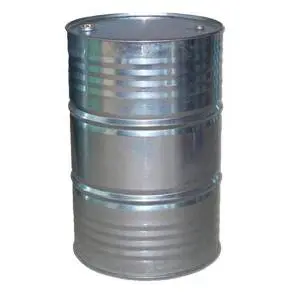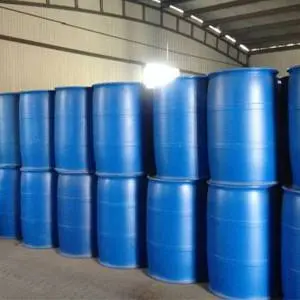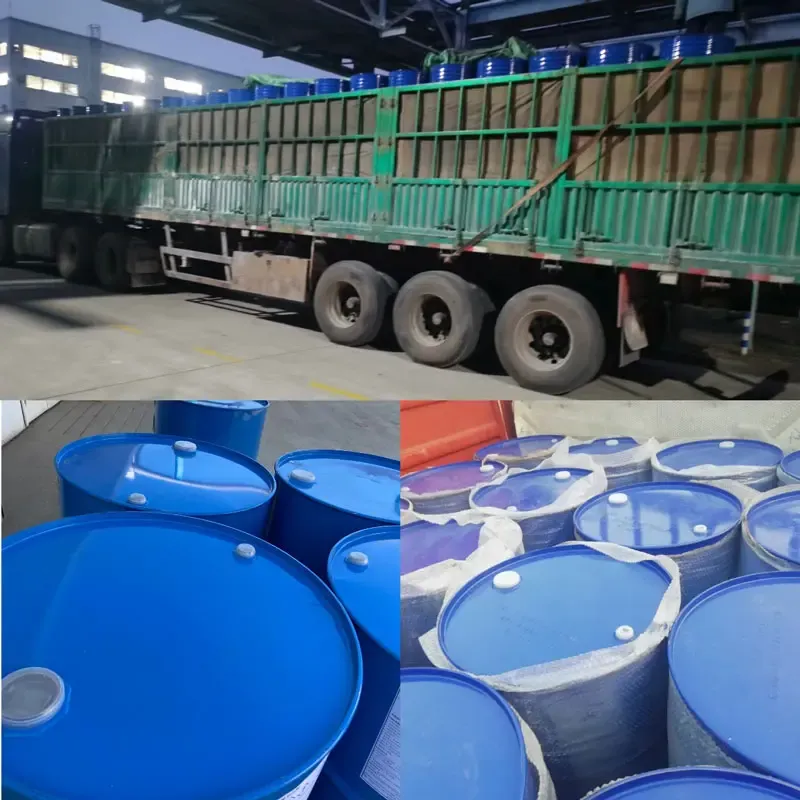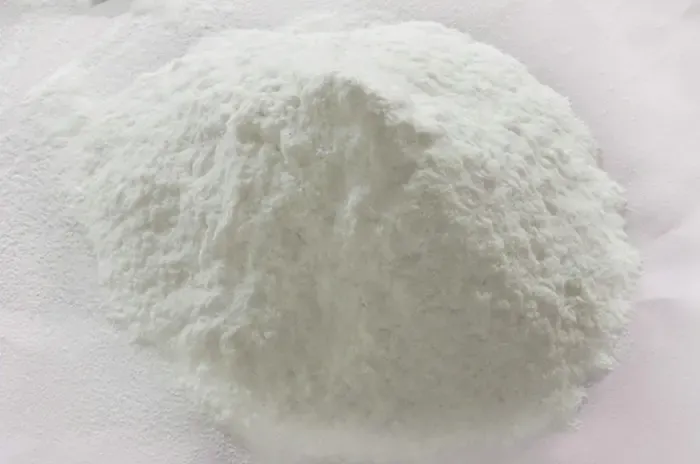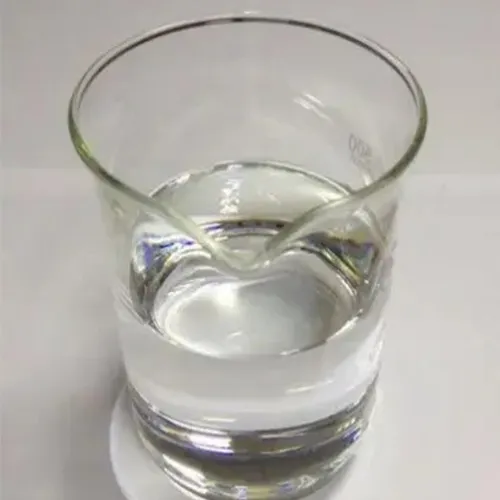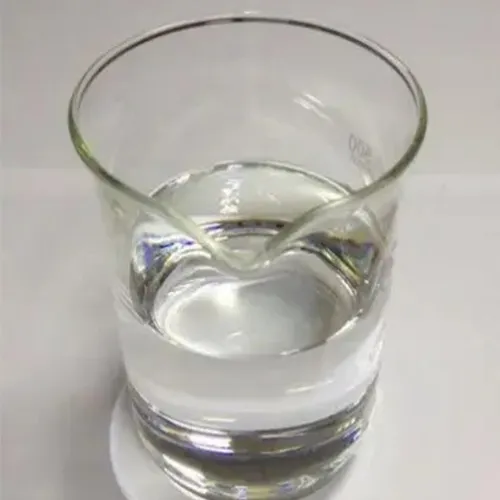3 5 Dimethylpiperidine: An Important Organic Compound
In the rich system of organic chemistry, 3 5 Dimethylpiperidine is a nitrogen-containing heterocyclic compound with unique structure and properties. In its molecular structure, the 3rd and 5th positions of the pyridine ring are each connected to a methyl group, which endows it with special chemical activity and makes it valuable in multiple fields.
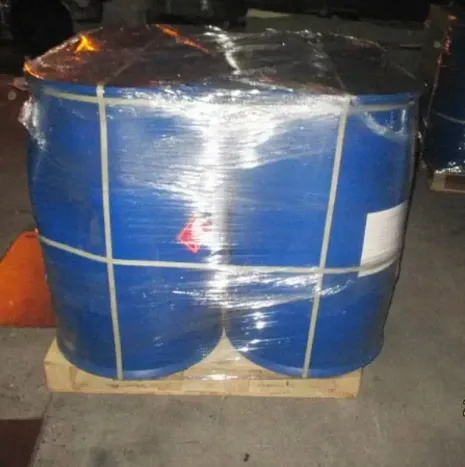
3 5 Dimethylpiperidine has distinct physicochemical properties
From a physical property perspective, dimethylpiperidine typically appears as a colorless to pale yellow liquid with a unique amine odor. Its boiling point is between 130-135 ℃, and its relative density is slightly lower than that of water. It can maintain a liquid state well at room temperature. In terms of solubility, it can be mixed with various organic solvents such as ethanol and ether, and slightly soluble in water. This solubility characteristic makes it easy to operate in organic synthesis reactions. In terms of chemical properties, due to the presence of tertiary amine groups in the molecule, it has a certain alkalinity and can undergo neutralization reactions with acids to generate corresponding salts. At the same time, it can also participate in various chemical reactions such as nucleophilic substitution.
The method for preparing 3-5 Dimethylpiperidine is mainly based on organic synthesis reactions
The common preparation pathway is to use corresponding ketone compounds as raw materials, construct pyridine ring structures through amination reduction reactions, and introduce methyl groups. For example, starting from 3,5-dimethylcyclohexanone, it reacts with ammonia under the action of a catalyst, undergoes hydrogenation reduction and other steps, and finally produces cis 3 5 dimethylpiperidine. The control of reaction conditions is crucial in the preparation process, and the selection of temperature, pressure, and catalyst can all affect the yield and purity of the product, requiring precise regulation to obtain high-quality products.
Dimethylpiperidine has a wide range of applications in organic synthesis and chemical engineering
In drug synthesis, 3 5 Dimethylpiperidine is an important component of various pharmaceutical intermediates, which can be used to synthesize compounds with specific physiological activities and provide key raw materials for new drug development. In the field of pesticides, its derivatives can serve as intermediates in the preparation of insecticides, fungicides, and other pesticides, which helps to enhance the efficacy and stability of pesticides. In addition, in the field of fine chemicals, it can be used to synthesize special amine compounds, surfactants, etc., and can also provide support for the research and development of new functional materials in the field of materials science.
Pay attention to safety precautions when using and handling 3 5 Dimethylpipeline
Due to the irritant nature of 3 5 Dimethylpiperidine, contact with skin or mucous membranes may cause discomfort, and inhalation of its vapors can also irritate the respiratory tract. Therefore, appropriate protective equipment such as gloves, goggles, and gas masks should be worn during operation. When storing, it should be placed in a cool and ventilated warehouse, away from fire and heat sources, and stored separately from acids, oxidants, and other substances to avoid dangerous reactions.
Overall, 3 5 Dimethylpiperidine has become an important compound in the field of organic chemistry due to its unique molecular structure, distinct physicochemical properties, diverse preparation methods, and wide range of application scenarios. With the continuous deepening of related research, its application scope is expected to further expand and play a more important role in promoting the development of the chemical industry and related industries.
3 5 Dimethylpiperidine FAQs
What are the main chemical properties of Dimethylpiperidine?
3 5 Dimethylpiperidine is an organic compound with the molecular formula C7H15N, belonging to the derivatives of piperidine. In its structure, there is a methyl substituent at the 3rd and 5th positions of the pyridine ring, which gives it high stability due to its symmetrical substitution. This compound is alkaline and can react with acids to form salts. At the same time, due to steric hindrance, its nucleophilicity is reduced compared to unsubstituted piperidine. At room temperature, it is usually a colorless liquid with a pungent odor unique to amines. Its boiling point is in the range of approximately 140-150 ° C, and it is slightly soluble in water but easily soluble in organic solvents such as ethanol or ether.
What is the application value of Dimethylpiperidine in drug synthesis?
In the field of medicinal chemistry, 3 5 Dimethylpiperidine is often used as an important intermediate to construct drug molecular frameworks. Its rigid ring structure can enhance the stereoselectivity of target compounds, such as piperidine derivatives used in the synthesis of analgesics or antidepressants. The introduction of methyl can regulate lipid solubility, thereby affecting the metabolic characteristics of drugs. In addition, this structural fragment also appears in the design of certain anticholinergic drugs and local anesthetics, and the efficacy and safety can be improved by optimizing the active groups of their derivatives.
How to safely store 3-5 Dimethylpiperidine in the laboratory?
This compound needs to be sealed and stored in a cool and ventilated place, away from sources of fire and oxidants. It is recommended to use inert gas (such as nitrogen) for protection to prevent oxidation and deterioration. Storage containers should be made of glass or corrosion-resistant materials to avoid contact with strong acids or metals. Due to its volatility and potential irritation to the respiratory tract, it is necessary to operate in a fume hood, and operators should wear protective gloves and goggles. If stored for a long time, it is necessary to regularly check the sealing of the container and ensure that the ambient temperature does not exceed 30 ° C.
What process is commonly used in the industrial production of Dimethylpiperidine?
Industrial production is mainly achieved through catalytic hydrogenation reactions, using 2,6-dimethylpyridine as raw material and high-pressure hydrogenation reduction under the action of nickel or platinum catalysts. The reaction needs to be carried out at 50-100 ° C and 3-5 MPa hydrogen pressure, and the temperature and pressure must be strictly controlled during the process to avoid the generation of by-products. Subsequently, the target product was obtained through distillation purification, with a purity of over 98%. Modern processes may use continuous flow reactors to improve efficiency and utilize adsorbents such as molecular sieves to remove trace impurities.
What are the common derivatization reactions of Dimethylpiperidine in organic synthesis?
Dimethylpiperidine can participate in various reactions through lone pair electrons on the nitrogen atom, such as alkylating with halogenated hydrocarbons to form quaternary ammonium salts, or reacting with acyl chlorides to form amide derivatives. The methyl group on its ring can be oxidized to carboxyl group, which can be further used to construct complex molecules. In addition, as a chiral additive, non enantiomers can be prepared for asymmetric synthesis by introducing other chiral centers. Under transition metal catalysis, it can also act as a ligand to participate in coupling reactions, regulating catalytic activity and selectivity.
Post time: Sep . 23, 2025 10:25





